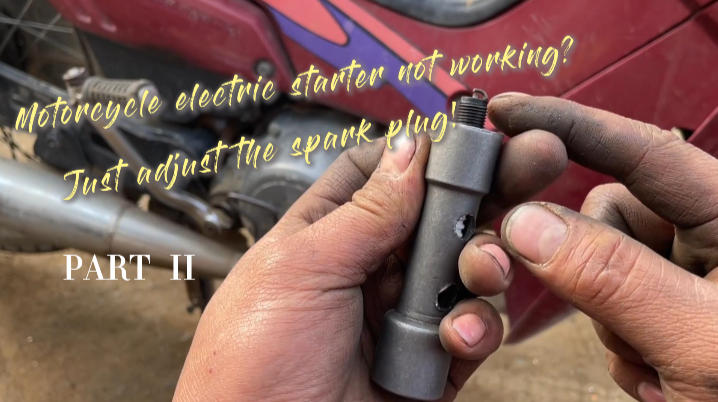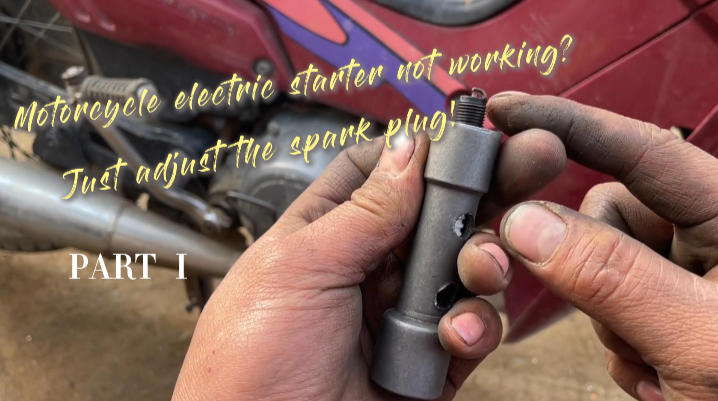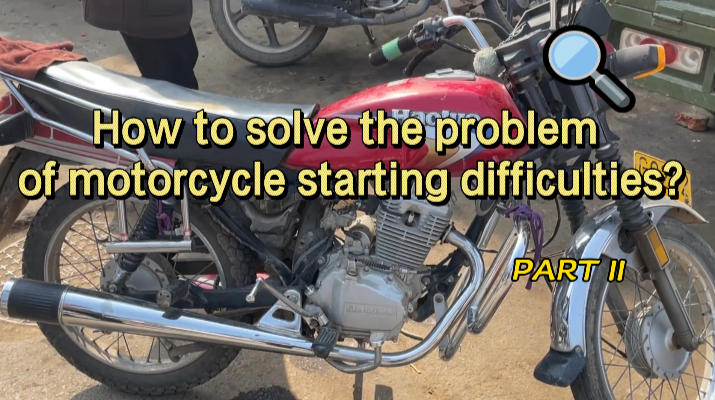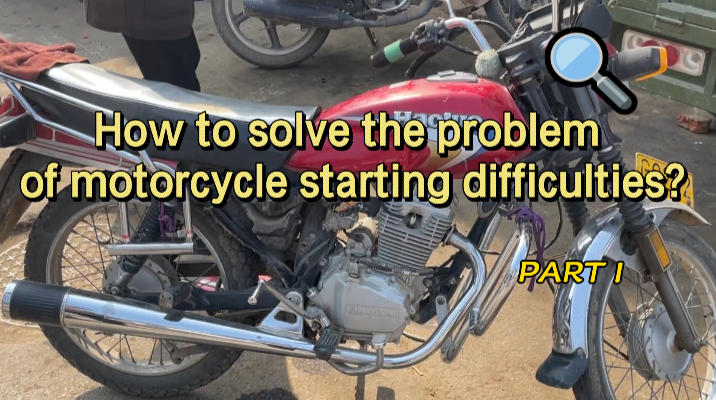Snowmobile Driving Skills
-
28
-
2025-10-27 14:17:31
Riding a snowmobile looks easy until you actually sit on one. Then you realise it’s a whole different animal. It’s not a bike, not a car — it’s a floating, sliding machine that listens to weight, throttle and snow. Get those three right and it’s brilliant. Get them wrong and you’ll learn a hard lesson fast.
Before you open the throttle, just breathe and feel the sled. Hands on the bars. Feet planted. Check your visor. Check your brakes. Sit up or stand a little on your legs — standing helps you absorb bumps and keeps your core ready to move.
Start slow — learn the feel
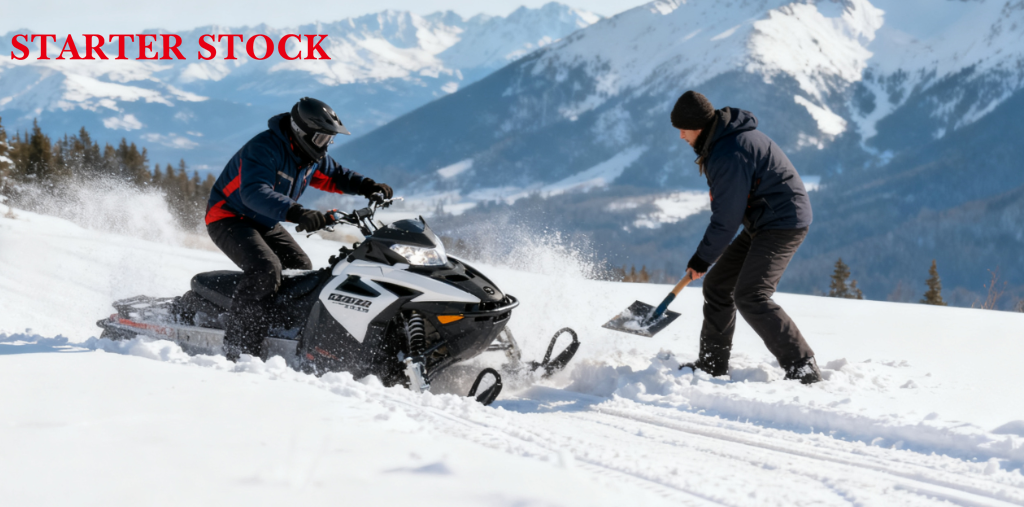
Begin in a quiet, flat area. Practice gentle starts and stops. That soft squeeze of the throttle? Learn it. Snowmobiles love torque; a sudden shove sends the track spinning or the nose diving. Smooth is better. Ease on, feel the pull, then add. Same on turns: roll the throttle, don’t jam it.
When stuck, don’t panic. Spinning the track digs you deeper. Get off, clear snow, rock the sled forward and back, and use steady throttle. Two people help a lot — one gives throttle, the other lifts or digs. Keep a small shovel with you. It saves time and dignity.
Use your body more than your arms

Turning isn’t about muscling the bars. It’s about moving your body. Push with the outside foot. Lean in. Let the sled pivot under you. On tight trail turns, be decisive. On powder, you almost surf — small weight shifts, tiny bar movements. Think of your feet and hips as steering too.
If you feel the front washing out, relax your grip. Too tense and the sled fights you. Light hands, active body. That’s the trick the good riders use without thinking.
Read the snow ahead
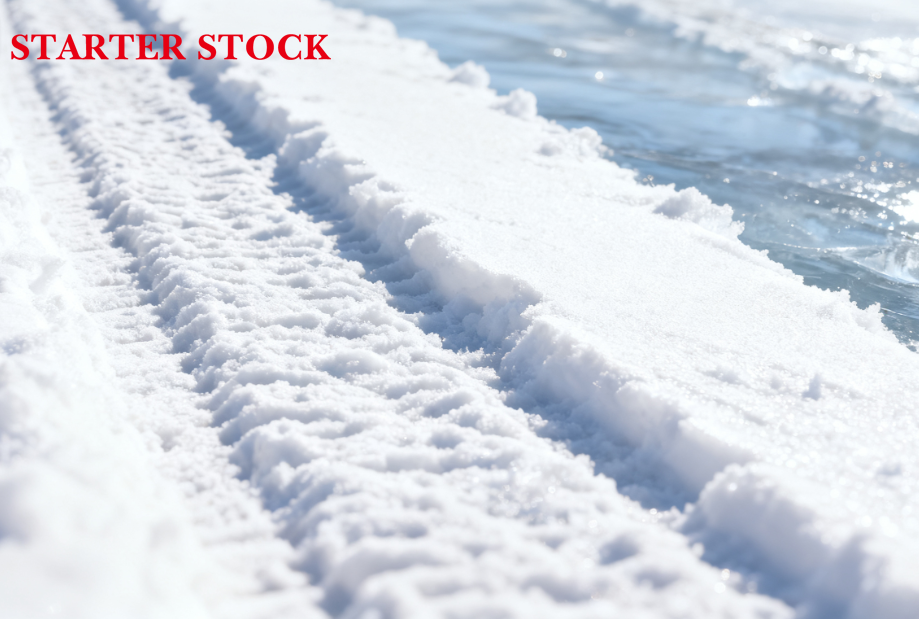
Snow changes faster than weather apps. Packed trail, sugar snow, crust, ice — each behaves differently. On hard-packed trails you’ll have speed but little forgiveness. In powder you float and lose top speed. Ice might look fine until your skis slip out. Look ahead. See the shine, the texture. Slow early rather than late.
Also watch for animal tracks, fallen branches and fence lines buried by drifts. Those are the things that catch you out.
Hill work — respect the slope
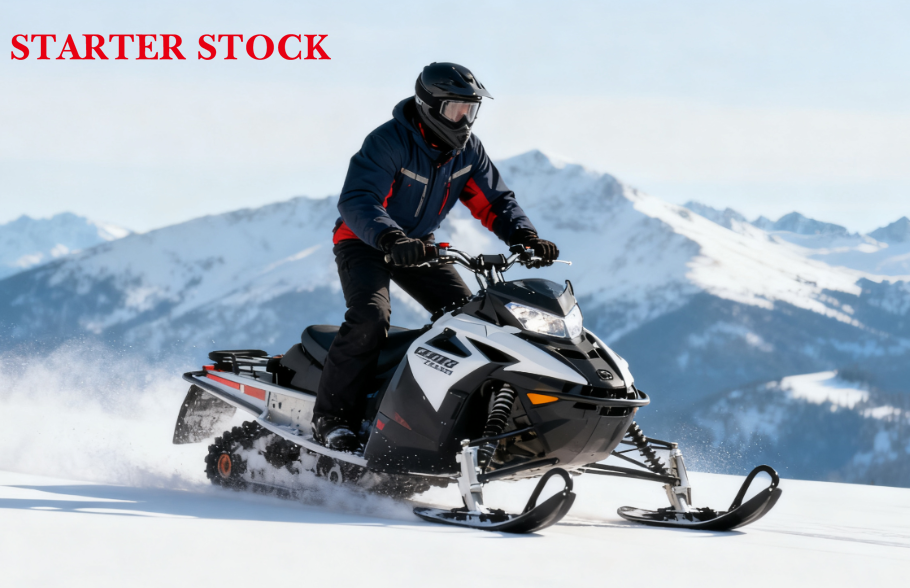
Hills are honest — they tell you a lot about your skill. Going up, keep the revs steady and the weight forward. You want bite and momentum. If you lose speed, don’t panic and stab the throttle; try to keep rolling and pick a line around the soft spots.
Coming down, shift weight back a touch and use gentle engine braking. Slam on the brakes and you’ll risk a tumble. On sidehills, lean uphill. It feels odd but it stops you from tipping. When in doubt, walk the run or scout from a safe spot.
Group riding — be sensible
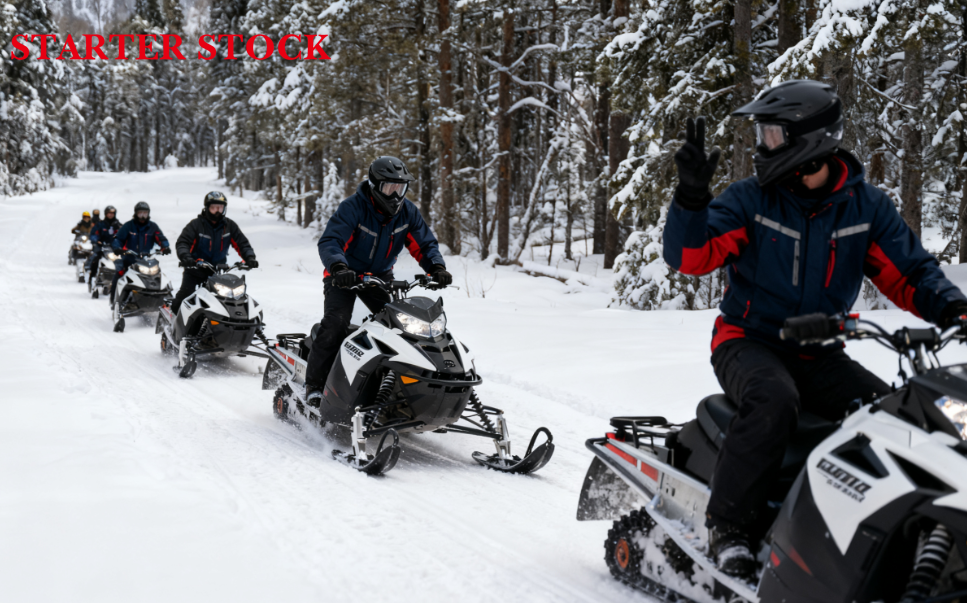
Ride with a gap. Drafting in snow is nasty — you’ll breath the other rider’s spray and visibility drops. Use hand signals for stops and hazards. Keep to single file on narrow trails. If someone gets stuck, help — that’s how the group survives.
Tell someone where you’re going. It’s basic, but people forget. If you’re venturing off into backcountry, carry a beacon or phone with a signal pack. Small kit — shovel, tow strap, extra gloves — makes rescue less awful.
Practice drills that help
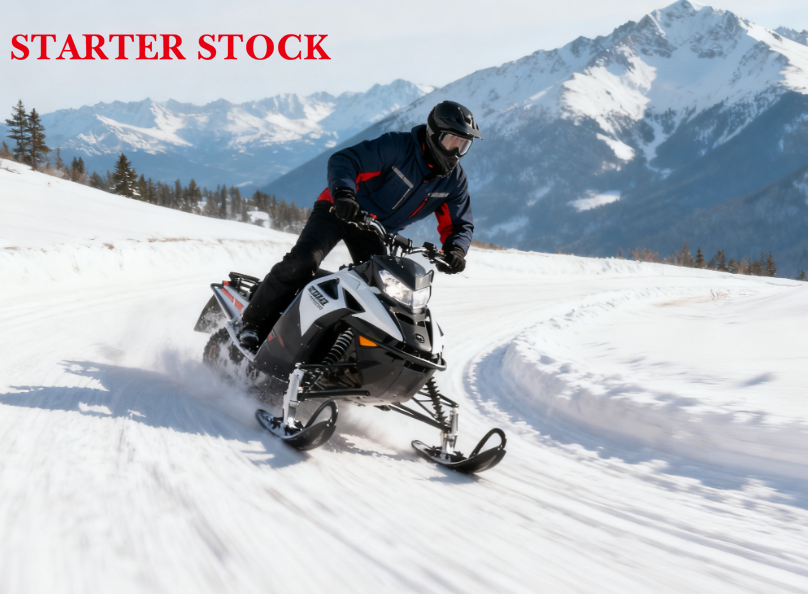
Try figure-eights at low speed to learn balance. Practice sudden stops at a safe pace to know how your sled behaves. Climb a shallow hill and practice steady throttle control. Do these until the moves feel natural. Real skill isn’t flash — it’s being calm when things change.
Watch better riders. Copy small things — how they stand, where they look, how they let the sled breathe. It’s more useful than reading specs.
Gear and safety — not optional
Helmet, goggles or heated visor, proper boots and gloves. Layer up. The cold pinches your brain; when your hands or feet are numb your control slips. Keep a small pack with a thermos, snacks, a compact first-aid kit, and a tow rope. And carry a headlamp if you might be out late — nights come quick in winter.
Finally, don’t be a hero. Pushing the machine beyond what you can handle isn’t brave — it’s risky. Respect the snow and respect your limits. If you stay sensible, you’ll ride for years.
When it clicks — when you’re smooth, relaxed, and the sled feels like an extension of you — it’s bliss. Quiet, fast, and somehow peaceful. That’s why people keep coming back. Learn the basics, practise the feel, and the rest follows.
-
Oil Pump JR-B18-1 16700-K20-903 For Z00MER

-
Oil Pump JR-B18 16700-KVG-41 For AIR BLADE
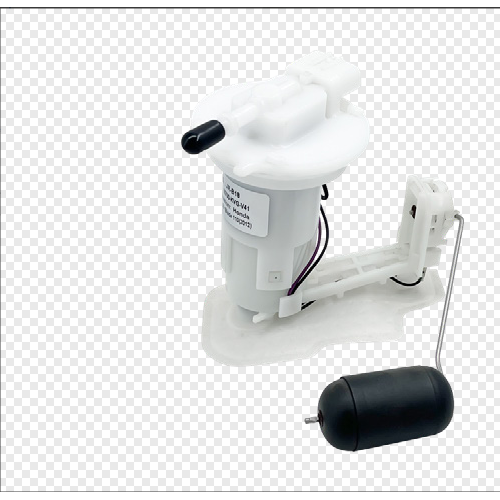
-
Oil Pump JR-B113 16700-HR3-A21 For Fou rTrax Rancher
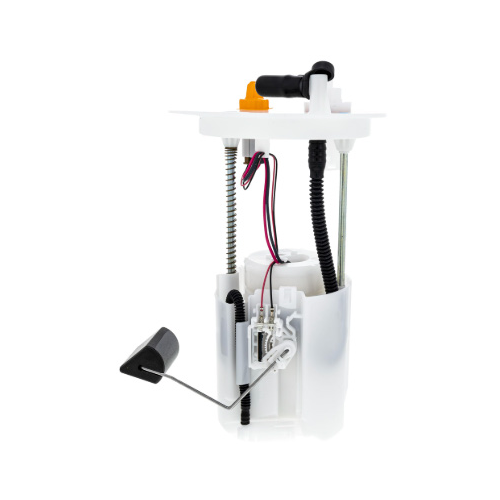
-
Oil Pump JR-B112-1 275500734 For GT1 130/155 2011-2012
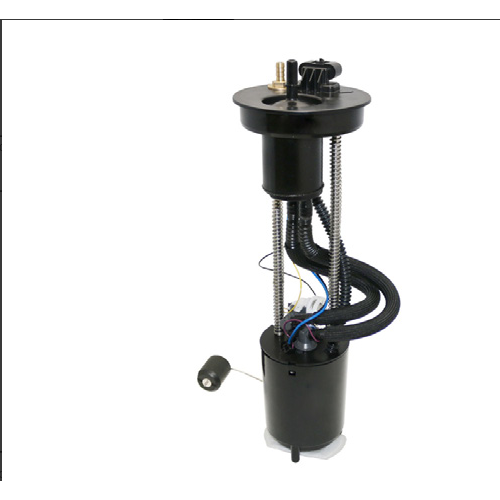
-
Oil Pump JR-B112 47-1027 For MAVERICKX
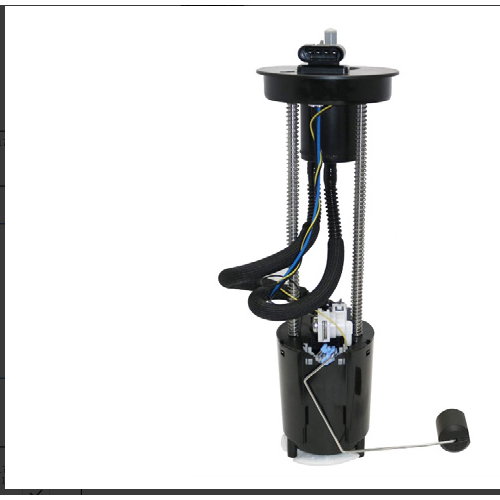
-
Oil Pump JR-B110 47-1050 For OUTLANDER
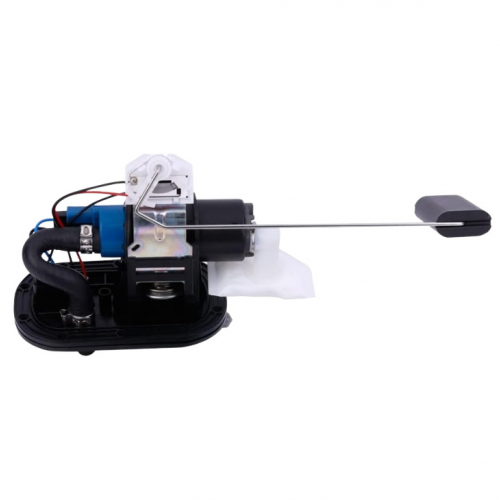
-
Oil Pump JR-B109 709000758 For OUTLANDER
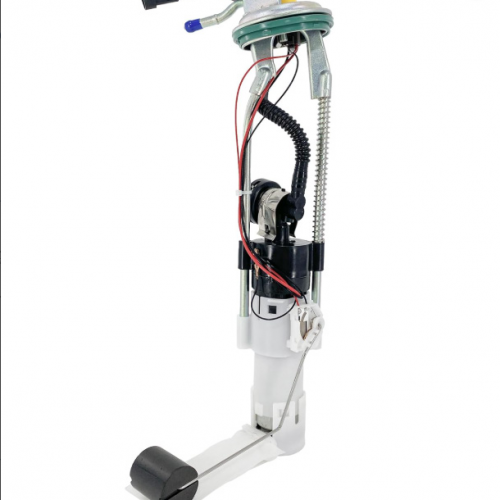
-
Oil Pump JR-B108-1 2204308 For SPORTSMAN
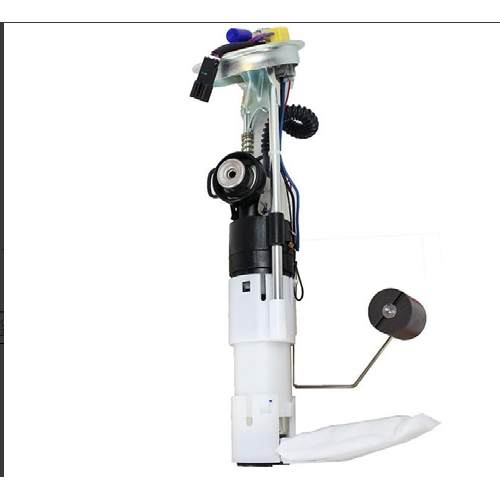
-
Oil Pump JR-B108 47-1014 For SPORTSMAN
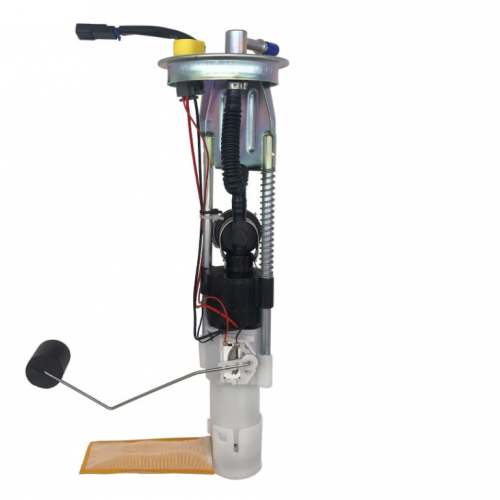
-
Oil Pump JR-B98-1 47-1012 For RANGER



